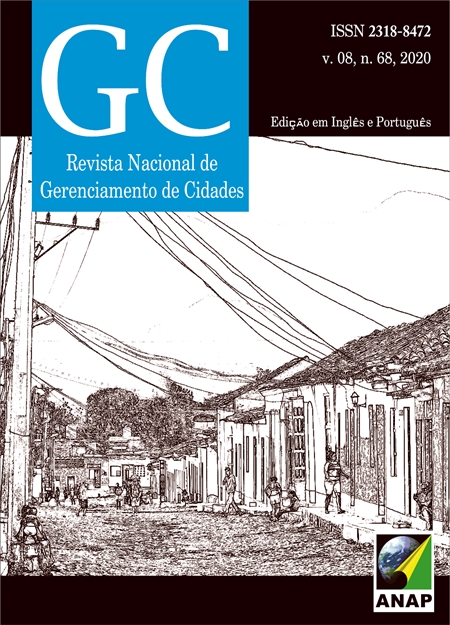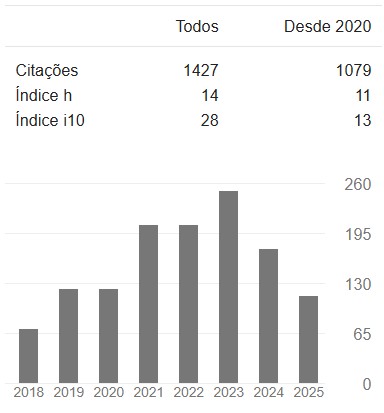Study of Thermal Properties of Lightweight Concrete: Review based on SCOPUS and SCIELO (2009-2019)
DOI:
https://doi.org/10.17271/2318847286820202739Palavras-chave:
Lightweight concrete. Thermal conductivity. Thermal performance.Resumo
This work presents part of the theoretical framework about the thermal properties of lightweight concrete.The cut of scientific production, in the period from 2009 to 2019, represented by scientific articles in the Scopus and Capes databases will be presented. This is a review of the main methodological tools used by the various authors to determine the thermal conductivity of lightweight concretes.Research shows, in general, different light aggregates for the production of concretes, such as: expanded clay, airgel, perlite, glass, polypropylene fiber, palm bark oil, expanded polystyrene and gum tragacanth. The main methods and techniques for the evaluation of thermal conductivity were: guarded hot plate method and hot wire parallel technique, among others. The results of thermal conductivity of lightweight concrete ranged from 0.04 W / (m.k) to 2.6 W / (m.k), and in all studies they were satisfactory demonstrating the technical feasibility of the production of lightweight concrete.Downloads
Os dados de download ainda não estão disponíveis.
Publicado
27-12-2020
Edição
Seção
Artigos Completos
Como Citar
LUCAS, Claudio Nelson Mateus; AZAMBUJA, Maximiliano dos Anjos. Study of Thermal Properties of Lightweight Concrete: Review based on SCOPUS and SCIELO (2009-2019). Revista Nacional de Gerenciamento de Cidades, [S. l.], v. 8, n. 68, 2020. DOI: 10.17271/2318847286820202739. Disponível em: https://publicacoes.amigosdanatureza.org.br/index.php/gerenciamento_de_cidades/article/view/2739. Acesso em: 9 dez. 2025.















